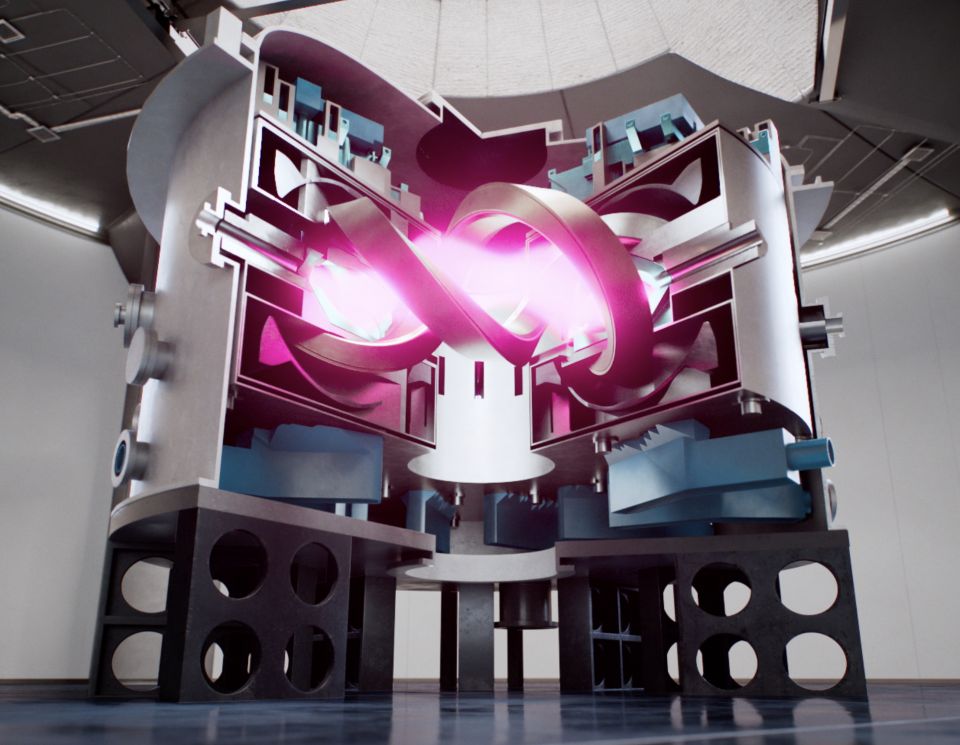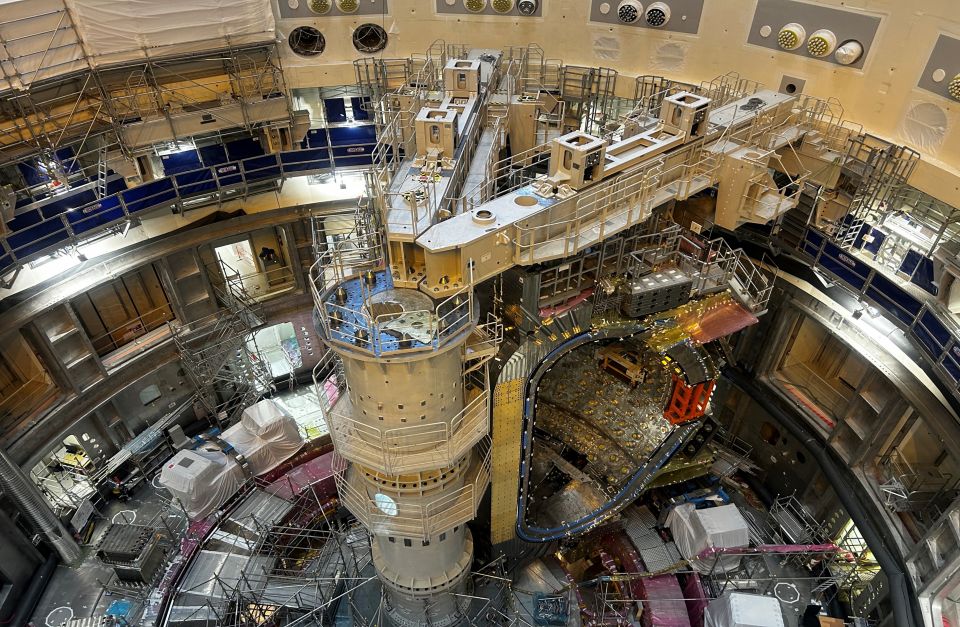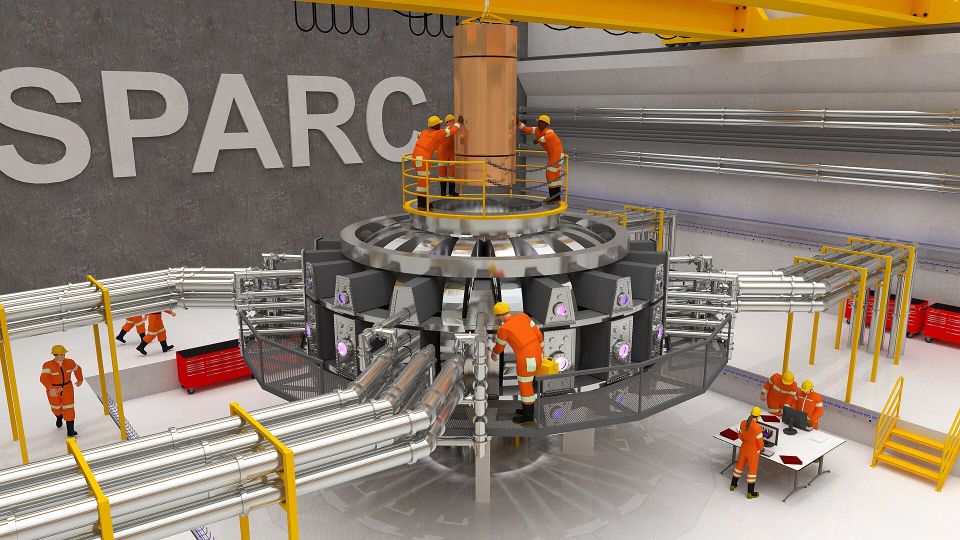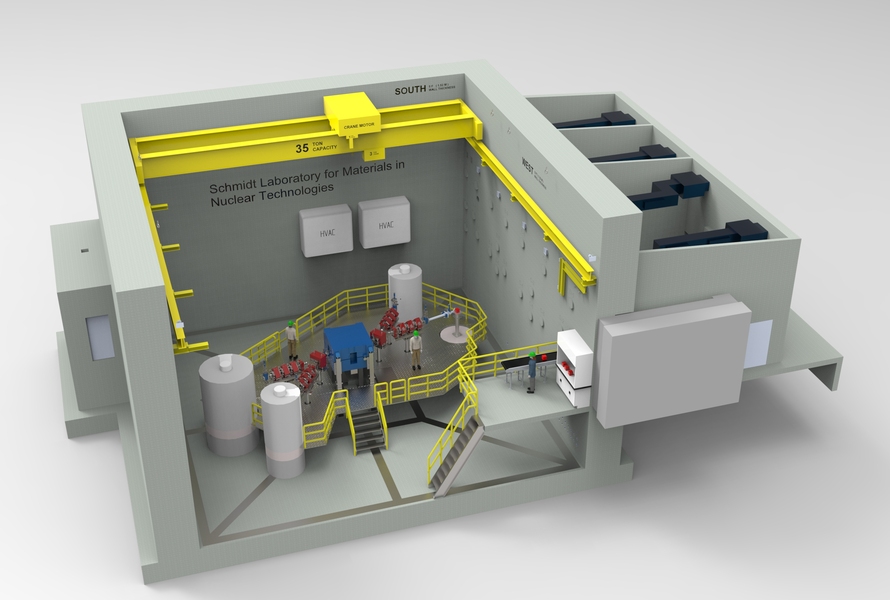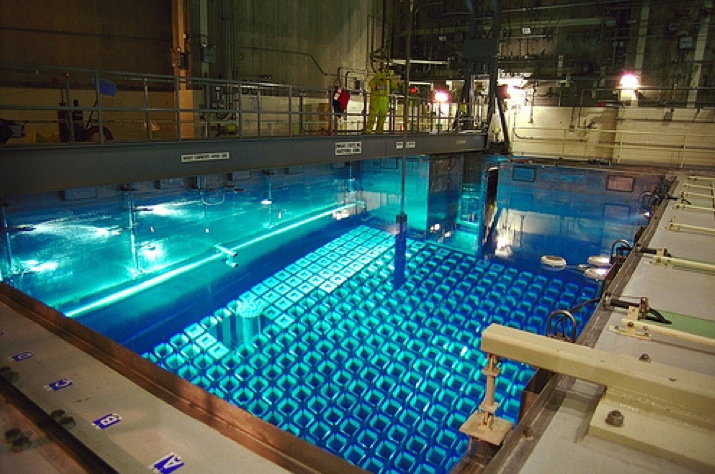Kerry shares U.S. plan for international fusion energy engagement on COP28 stage
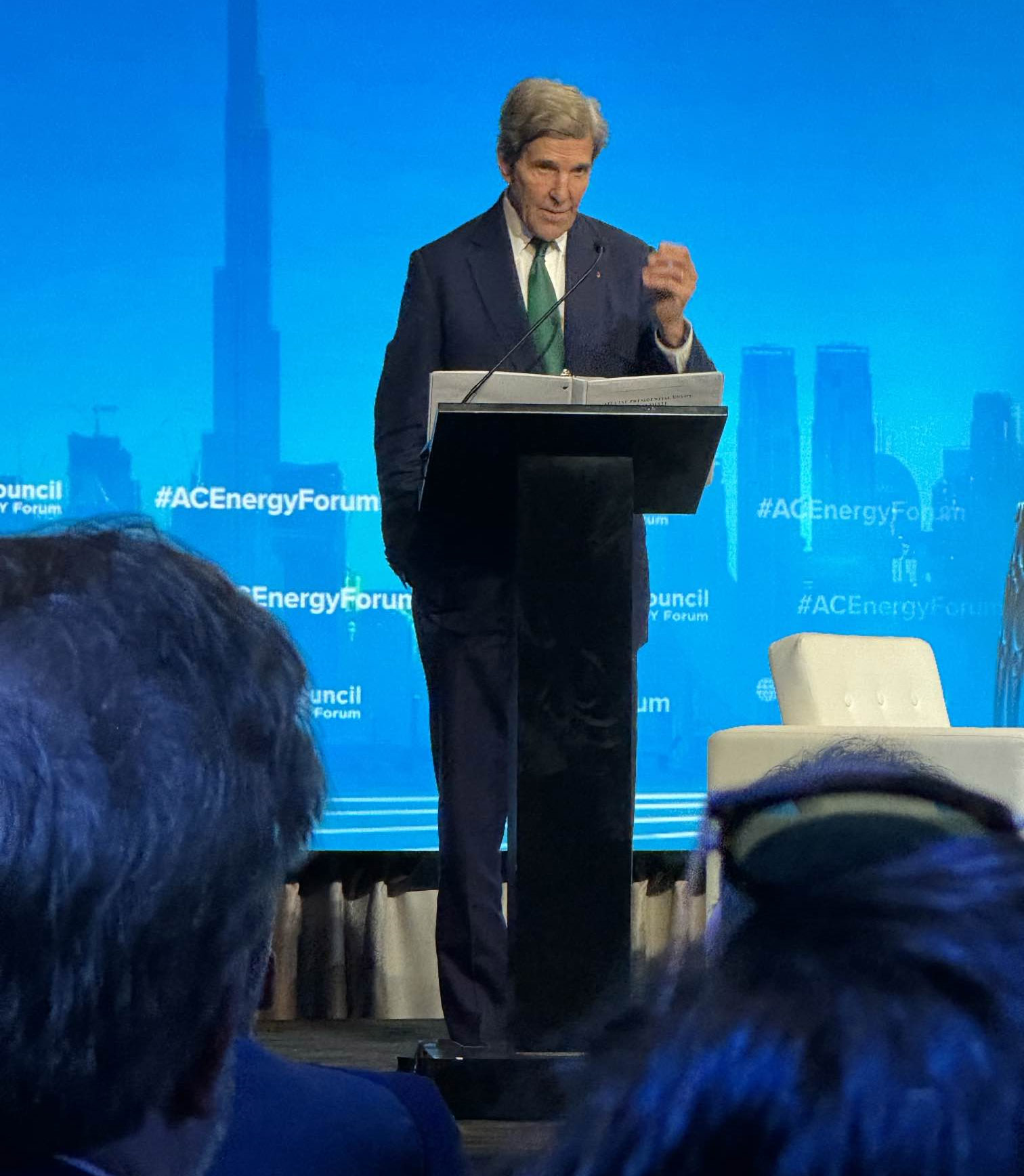
John Kerry speaks on U.S. fusion energy policy. (Photo: Craig Piercy)
The White House Office of Science and Technology Policy (OSTP) has a new plan for international partnerships in fusion energy development that would build on over 60 years of collaborative fusion research and development to address the climate crisis and ensure energy security. The plan, first released December 2, was announced December 5 at COP28 in Dubai, UAE, by John Kerry, the U.S. special presidential envoy for climate. He delivered “a call to action” during an Atlantic Council Global Energy Forum. The plan follows on the administration’s Bold Decadal Vision for Commercial Fusion Energy of March 2022, which recognized fusion energy’s increasing technical readiness and strong market interest—$6 billion to date.
“I'm pleased to announce the U.S. international engagement plan for fusion energy,” Kerry said. “This strategy identifies five areas of work that will help us to realize the promise of this technology, and they are R&D, supply chain and marketplace, regulation, workforce, and education and engagement.”



